madamcity : Women’s binding, a multifaceted concept encompassing social, economic, and political dimensions, is instrumental in promoting gender equality and fostering inclusive societies. By addressing systemic inequalities and advocating for women’s rights, binding initiatives aim to empower women, break down barriers to their advancement, and create opportunities for their full participation in all aspects of life.
Historical Origins:
Women’s binding finds its origins in ancient civilizations such as Egypt, where the use of tight garments and corsets symbolized beauty and social status. In China, foot binding emerged as a tradition, representing ideals of femininity and marriageability. These practices varied in form and purpose but shared the common theme of shaping women’s bodies to fit cultural standards.
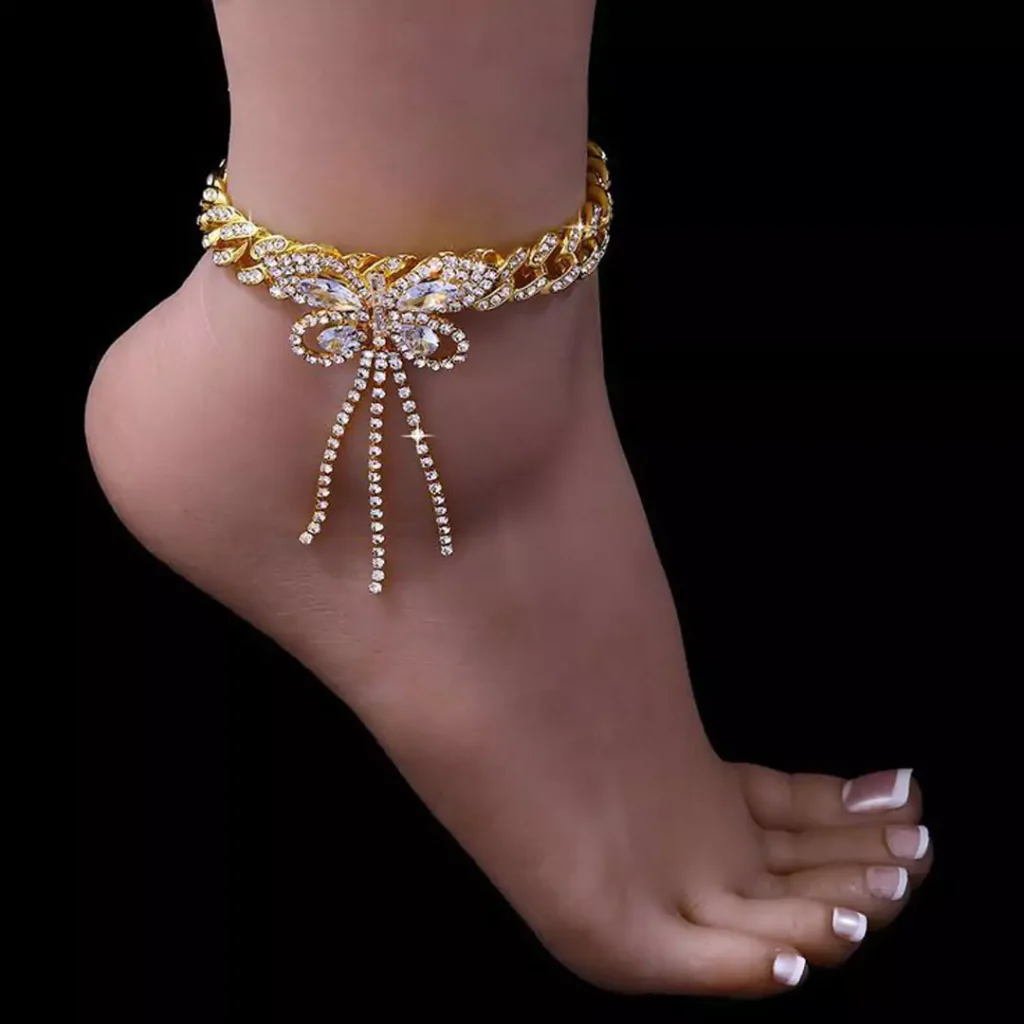
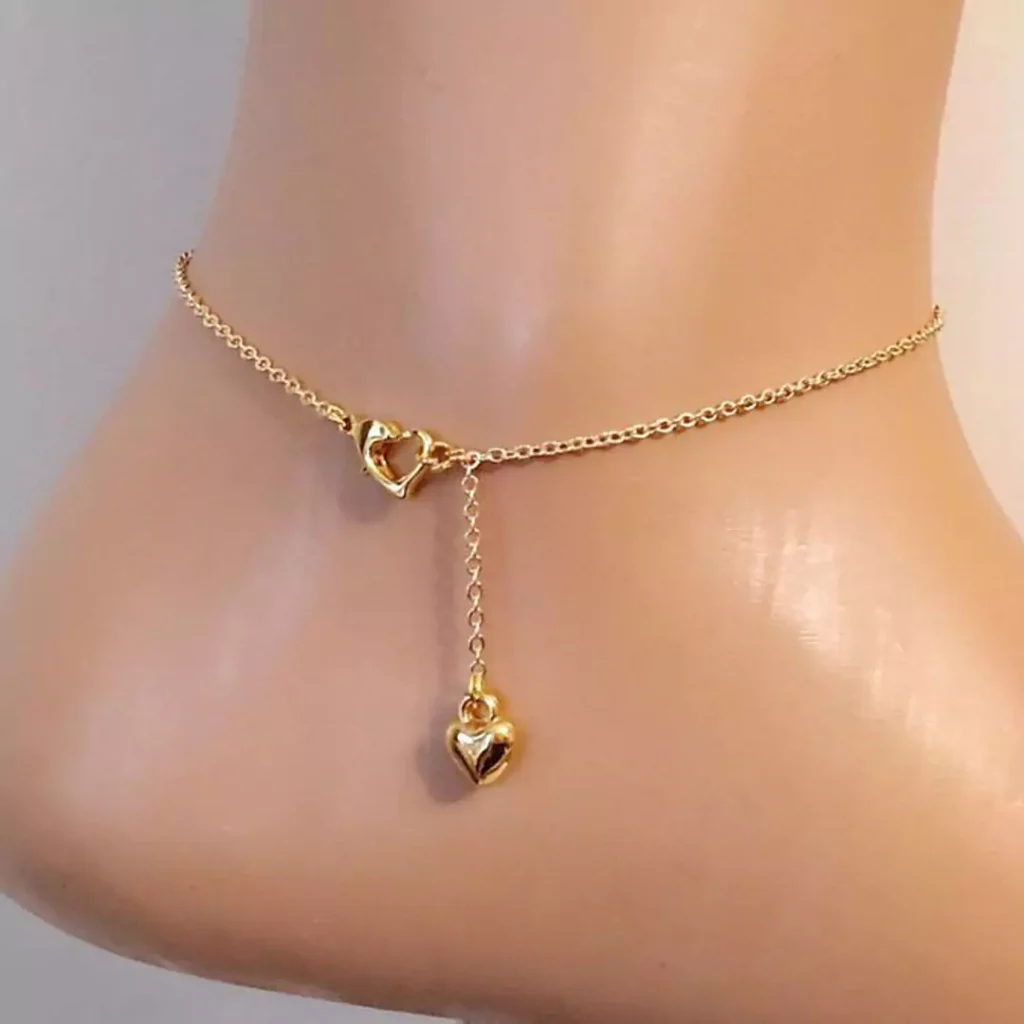
Cultural Significance:
Across diverse cultures, women’s binding served as a means of control, often imposed by patriarchal structures to reinforce gender roles and power dynamics. The practice symbolized obedience, modesty, and conformity to societal ideals of beauty, reflecting broader notions of femininity and womanhood.
Psychological Impact:
The physical and psychological effects of women’s binding have been profound. From restricted mobility to internal organ damage, women endured significant health risks in pursuit of societal acceptance. Moreover, the psychological toll of conforming to unrealistic beauty standards perpetuated feelings of inadequacy and low self-esteem.
Resistance and Rebellion:
Throughout history, women have resisted and rebelled against binding practices, challenging societal norms and advocating for bodily autonomy. From feminist movements to cultural revolutions, women’s voices have been instrumental in sparking change and redefining notions of beauty and femininity.
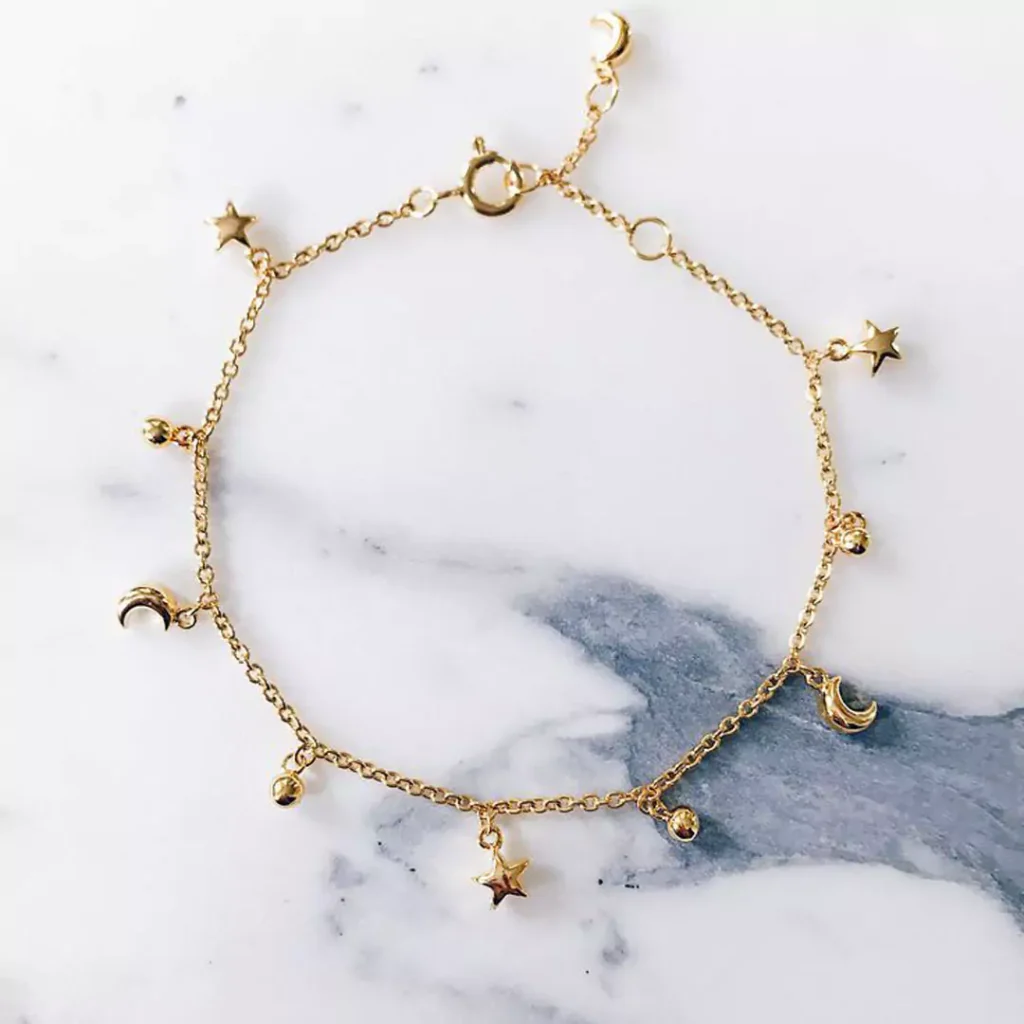

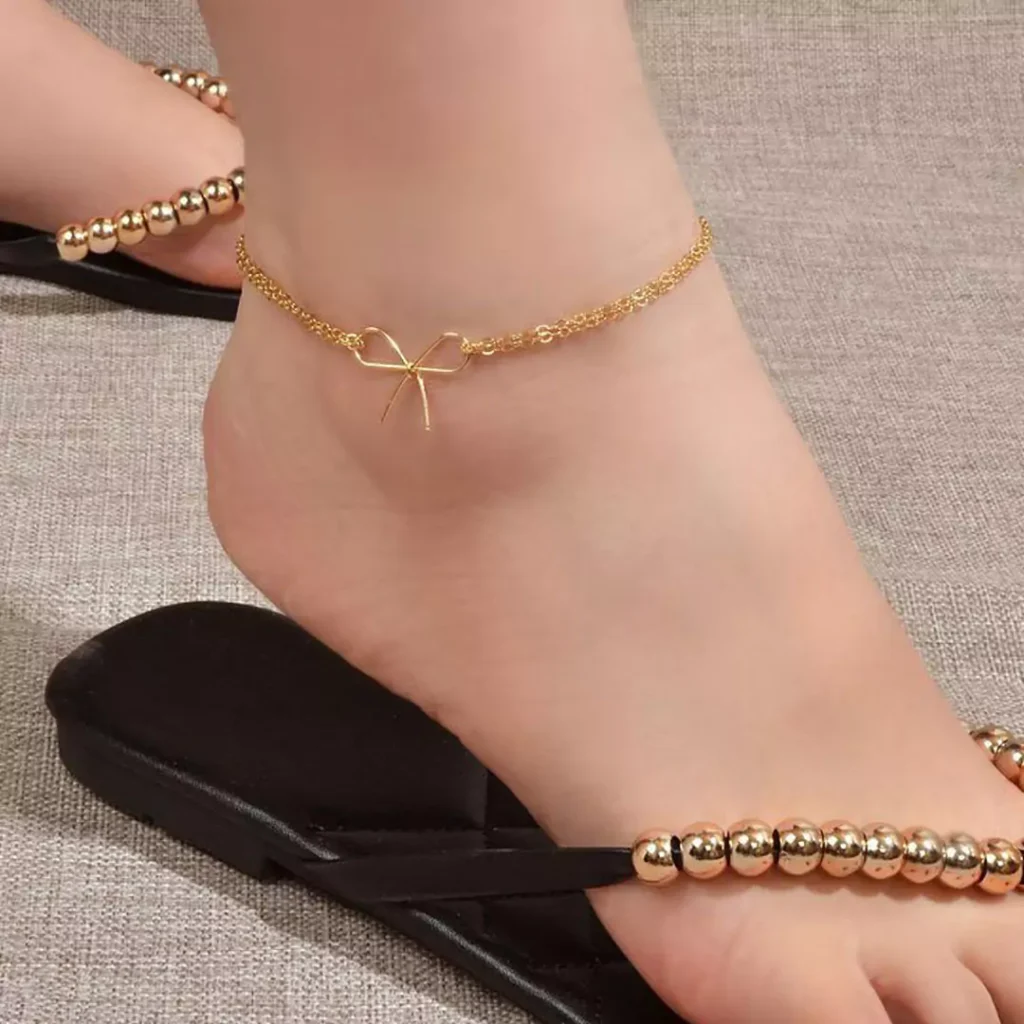

Evolution in Modern Times:
While traditional forms of women’s binding have declined, modern iterations persist in subtler forms. From waist trainers to plastic surgery, contemporary society continues to prioritize narrow beauty standards, perpetuating the pressure on women to conform to idealized body shapes.
Empowerment and Self-Expression:
Despite ongoing challenges, there has been a resurgence of body positivity movements and feminist activism, encouraging women to embrace diverse body types and reject harmful beauty standards. This shift towards empowerment and self-expression signifies a growing awareness of the importance of bodily autonomy and individuality.
Contemporary Reflections and Challenges:
While traditional forms of binding have diminished, modern society continues to promote narrow beauty standards through media and advertising. However, there is a growing movement towards body positivity and inclusivity, encouraging women to embrace diverse body types and reject harmful beauty norms, signaling a shift towards empowerment and acceptance.

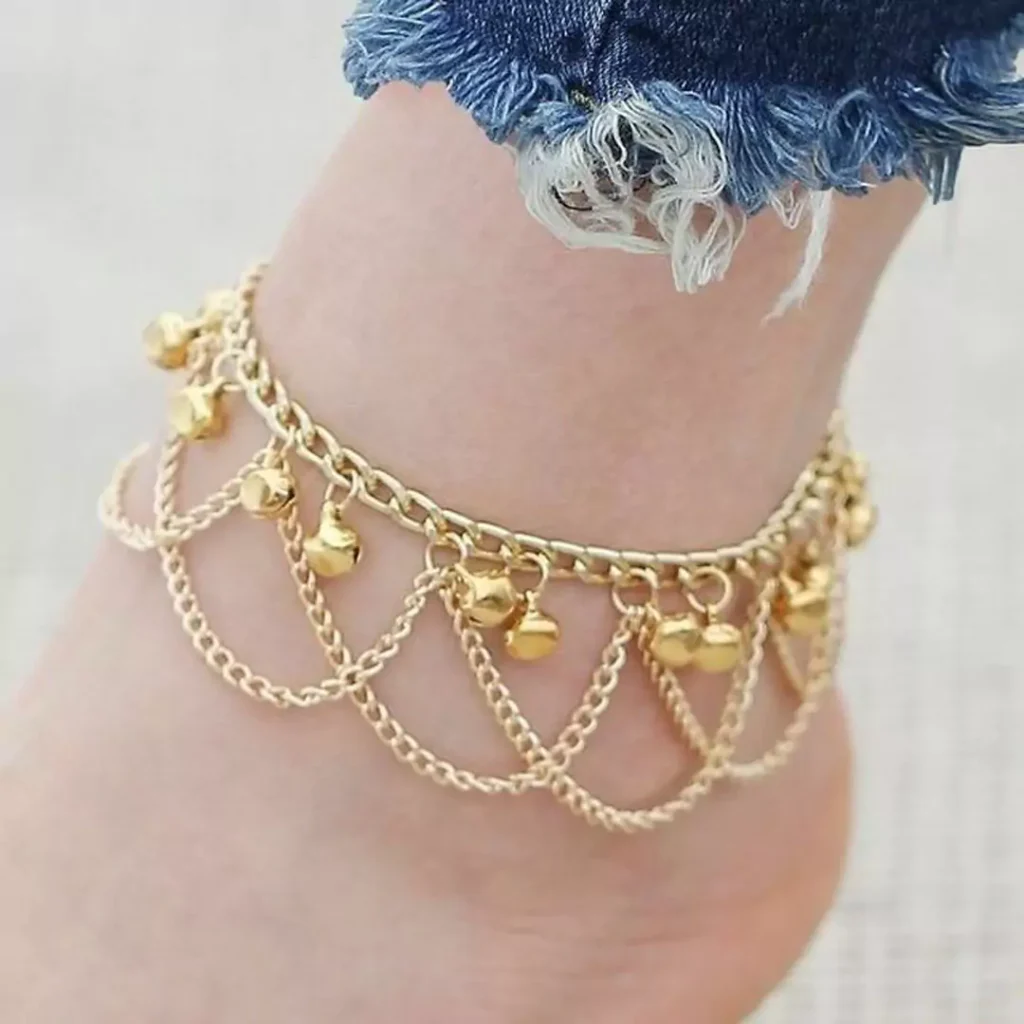
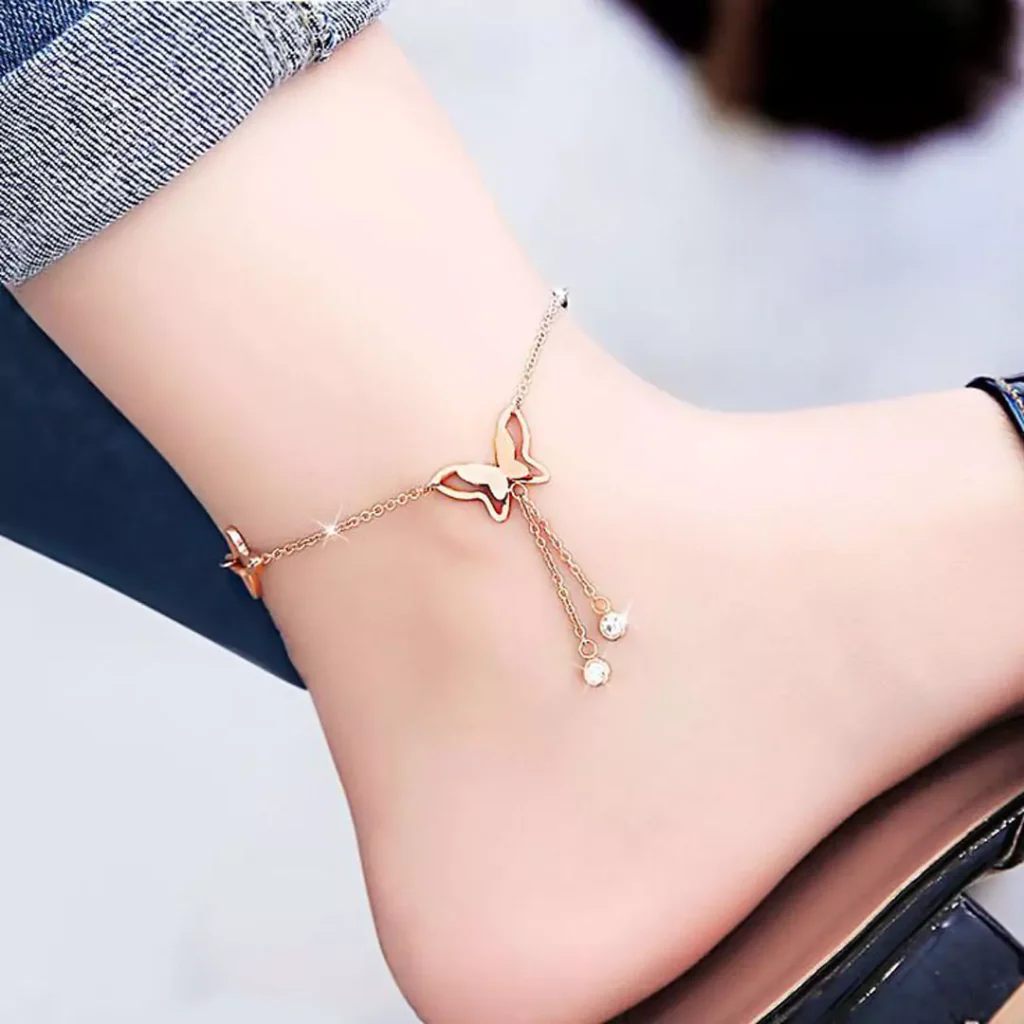
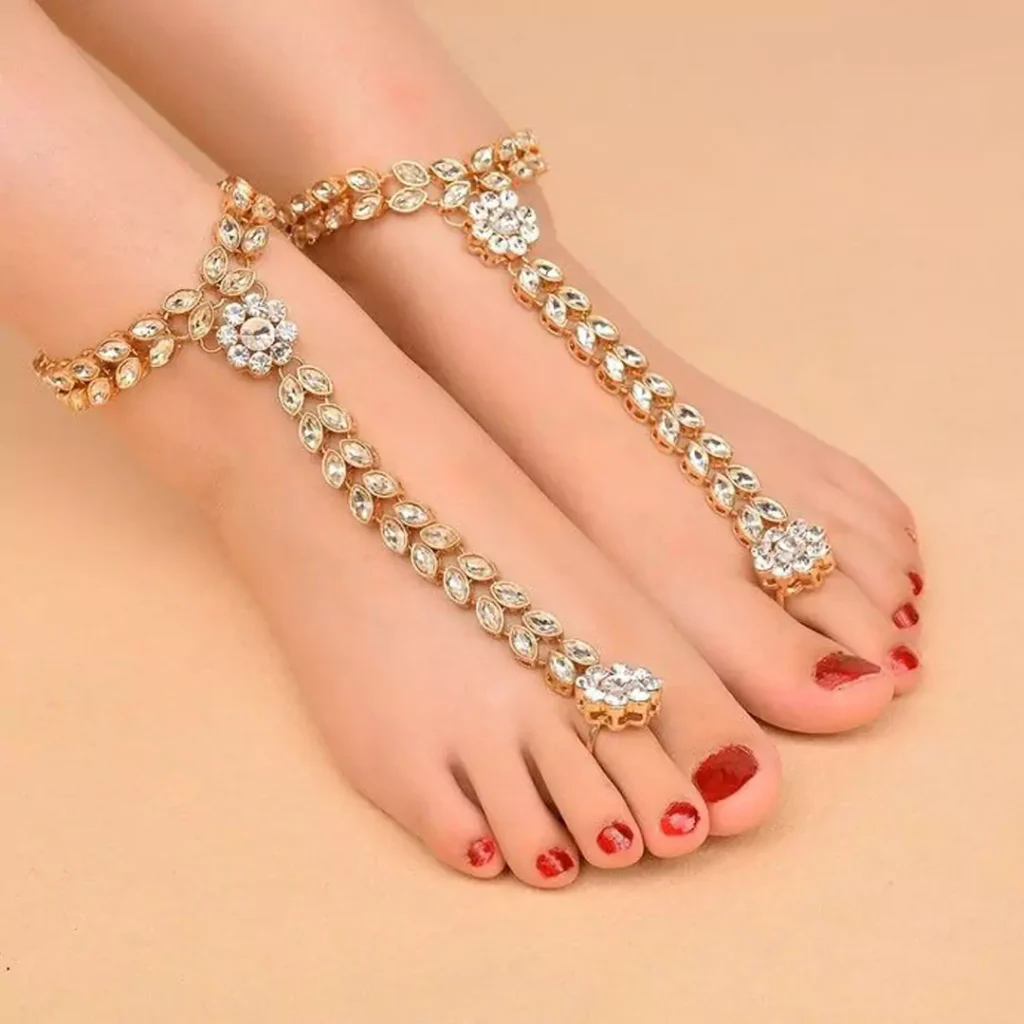
Social and Cultural Significance:
Binding practices reinforced patriarchal norms and societal expectations of femininity. Women were expected to endure physical discomfort to conform to idealized standards of beauty, perpetuating the subjugation of their bodies to societal dictates.
Political Participation and Representation:
Political empowerment is essential for advancing women’s rights and achieving gender equality. Women’s binding initiatives focus on increasing women’s participation and representation in political decision-making processes at all levels.

No Comments Yet